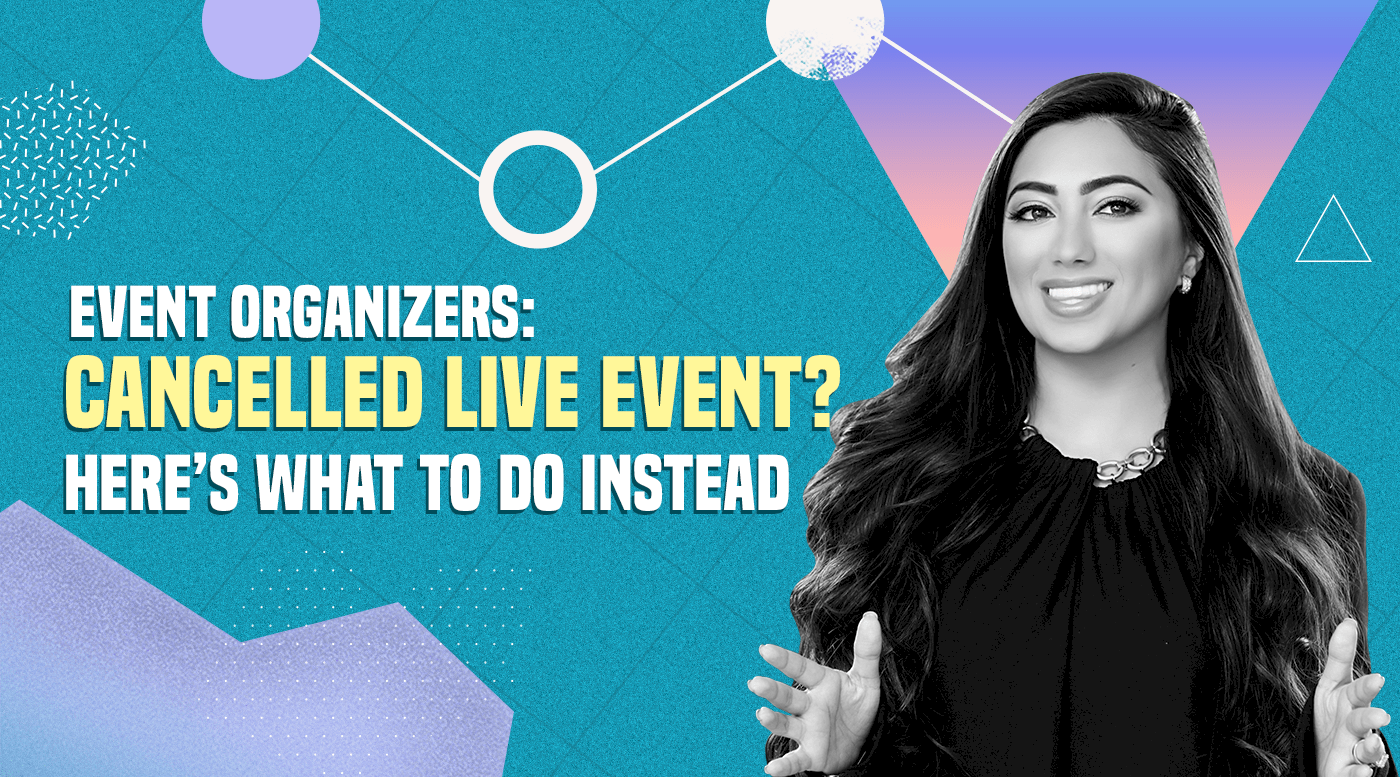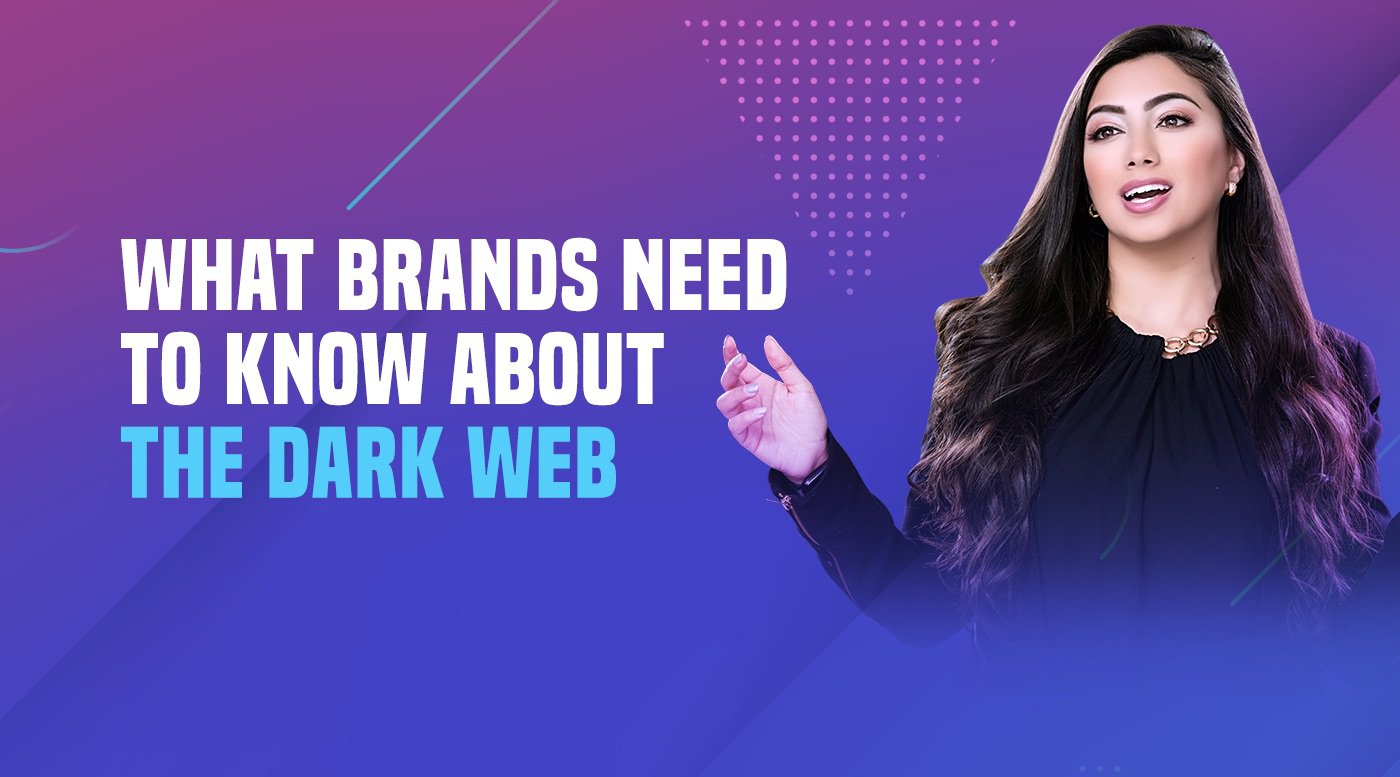How Digital Distraction is Killing Creativity and What to Do About It
Between the live notifications from our desktops, chimes from our smartphones, and vibrations from our smartwatches, the “always-on” lifestyle of the digital age has raised concerns about its adverse effects on creativity, productivity, and both our mental and physical health. As a result, there’s been a growing army of advocates urging us to digitally disconnect, invest more in offline connections, and become more mindful of our screentime.
While I can completely get behind this thinking, it’s worth pointing out that for digitally-dependent entrepreneurs like myself (I lead a digital marketing firm and we work with clients around the globe), it’s not possible (let alone desirable) to aim for digital disconnection.
What’s more, our entire ethos is built on helping brands from scrappy startups to established industry leaders to thrive in the digital age. In fact, my team and I released a proprietary research report earlier this year that includes specific findings on how brands can better use technology to reach, engage, and retain customers. While we live in a digital world, balance is key — a way to honor the valuable role technology plays in our personal and professional lives while also providing a way to neutralize its negative effects while increasing happiness, health, and creativity.
A blueprint for finding this particular balance is presented by Brian Solis, digital anthropologist, in his best-selling book, Lifescale. It’s not an overstatement to say I found Solis’ work deeply insightful, thought-provoking, and even profound. And, like his message, his presentation is playful, incredibly practical, and ultra engaging. His book includes fun yet eye-opening illustrations and “maps,” graphically rendered inspirational snippets, and other awesomely artistic flourishes. (What makes his presentation so cool is the way he demonstrates the very creativity he’s giving us the practical tools to get in touch with.)
With that in mind, here are some of my favorite learnings from the book for escaping digital distraction and living a happy, healthy, creative, purpose-driven life in an increasingly tech-centric world.
Digital distraction is easy to deny
In a world where technology delivers so many advantages, it can be difficult to look squarely at its liabilities. Solis urges us to get clear about our relationship to technology — even to do some soul-searching about it to take an honest inventory of our digital habits.
Solis writes, “In a cruel twist of logic, our efforts to save ourselves often lead us to denial. All of our technological distractions have made that easier for us because they are designed to seem so useful and nurturing.”
To understand whether technology is helpful or harmful, nurturing or depleting, depends entirely on how we use it.
Digital distraction kills creativity
When we become digitally distracted (AKA when we’re not mindful about our use of technology), our creativity — one of the most essential human traits, not to mention one of our most valuable skills as creative things — is diminished or lost altogether.
To really drive home the reality of what happens when we lose our creativity to digital distraction, Solis uses the animated short film, Alike. Alike is the tale of a father (who is blue in color) and son (who is orange in color), who live in a world of almost entirely gray landscapes, gray structures, and gray people. As the father and son turn away from the creative, “colorful” dimensions of life and mindlessly settle into the monotonous regimes that are prescribed for them, they start to behave more and more like robots and their vibrant colors slowly fade to gray.
To quote Solis, “It turns out that creativity isn’t some rare gift to be enjoyed by the lucky few — it’s a natural part of human thinking and behavior. In too many of us, it gets blocked [by digital distraction]. But it can be unblocked. And unblocking that creative spark can have far-reaching implications for yourself, your organization, and your community.”
Purpose is the best antidote for distraction
When you have a defined goal, it is a lot easier to spot and let go of distractions that don’t serve you or your purpose.
Solis writes, “When we avert distraction and focus in order to create and achieve our goals, we feel capable and successful. Purpose also pulls us out of our harmful self-focus and makes us feel part of something bigger, beyond ourselves. It frees us from our rumination about ourselves and the past and keeps us oriented toward the future, with a sense of what we can contribute.”
In a tech-centric world where it’s easy to become digitally distracted, Lifescale goes way beyond being a practical guide for improving our relationship with technology. It inspires us to stop, reflect, and recover a connection to the creativity and deeper purpose we need for living happy, healthy lives and succeeding as individuals, organizations, and as a society at large in the digital age.









